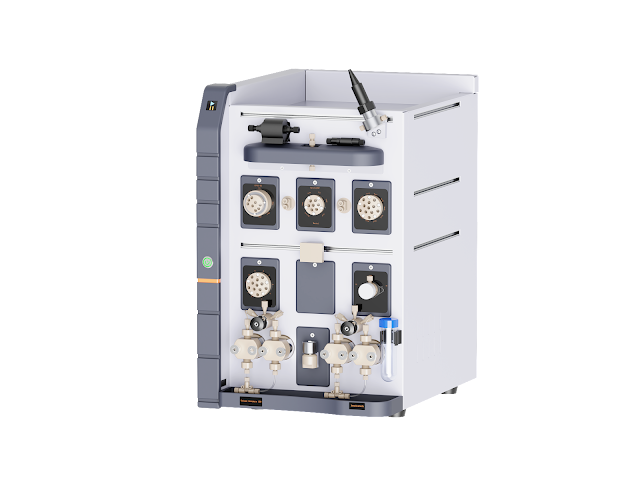Unveiling the Potential of FPLC and FPLC Chromatography
Fast Protein Liquid Chromatography (FPLC) is a powerful technique used to purify proteins, peptides, and other biomolecules. It operates under mild conditions, preserving the biological activity of the purified compounds, making it ideal for delicate protein work. FPLC has become a standard method in many laboratories due to its efficiency and reliability. The technique's ability to handle complex samples makes it invaluable for protein research and production.
FPLC Chromatography is based on the principles of liquid chromatography, but it is specifically designed for protein separation. It uses low-pressure pumps and specialized columns to separate proteins based on size, charge, hydrophobicity, and affinity. This method ensures the high resolution and purity of the separated proteins. FPLC systems are equipped with advanced detectors and fraction collectors, making the process highly automated and efficient. The flexibility of FPLC allows it to be tailored to various purification needs.
Applications of FPLC
FPLC is extensively used in the pharmaceutical industry for the production and purification of therapeutic proteins and antibodies. It is also a critical tool in academic research for studying protein interactions and functions. The technique's versatility makes it suitable for a wide range of applications. FPLC is used in structural biology to prepare proteins for crystallization and NMR studies. Its ability to purify large quantities of protein is essential for both research and industrial applications.
Benefits of FPLC Chromatography
FPLC offers several benefits, including high resolution, reproducibility, and the ability to handle large sample volumes. These advantages, combined with the gentle operating conditions, make FPLC the method of choice for many protein purification tasks. The automated nature of FPLC reduces the time and effort required for purification, allowing researchers to focus on other aspects of their work. Additionally, the high throughput capability of FPLC systems is beneficial for large-scale production.
Innovations in FPLC Technology
Recent advancements in FPLC technology have focused on increasing the efficiency and throughput of the purification process. These innovations include automated systems, improved column materials, and enhanced detection methods, enabling researchers to achieve higher purity and yield. The integration of advanced software allows for precise control and monitoring of the purification process. These technological advancements are driving the development of more efficient and user-friendly FPLC systems.
Conclusion
FPLC and FPLC chromatography have become indispensable tools in protein purification and research. Their ability to purify delicate biomolecules with high precision and efficiency has made significant contributions to the fields of biochemistry and biotechnology. As technology continues to advance, FPLC systems will become even more powerful and versatile. For the latest in FPLC technology, visit inscinstech.com.cn.


.jpg)

Comments
Post a Comment